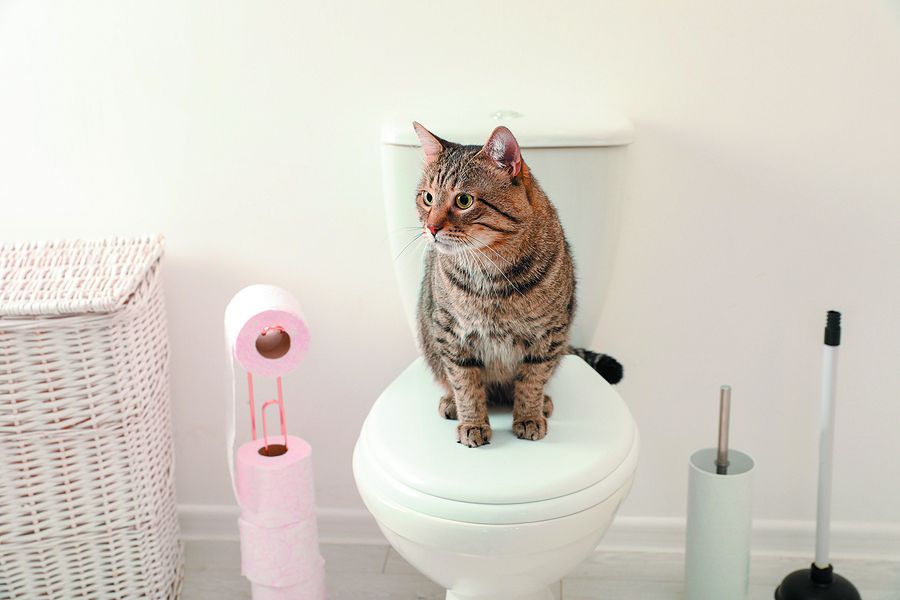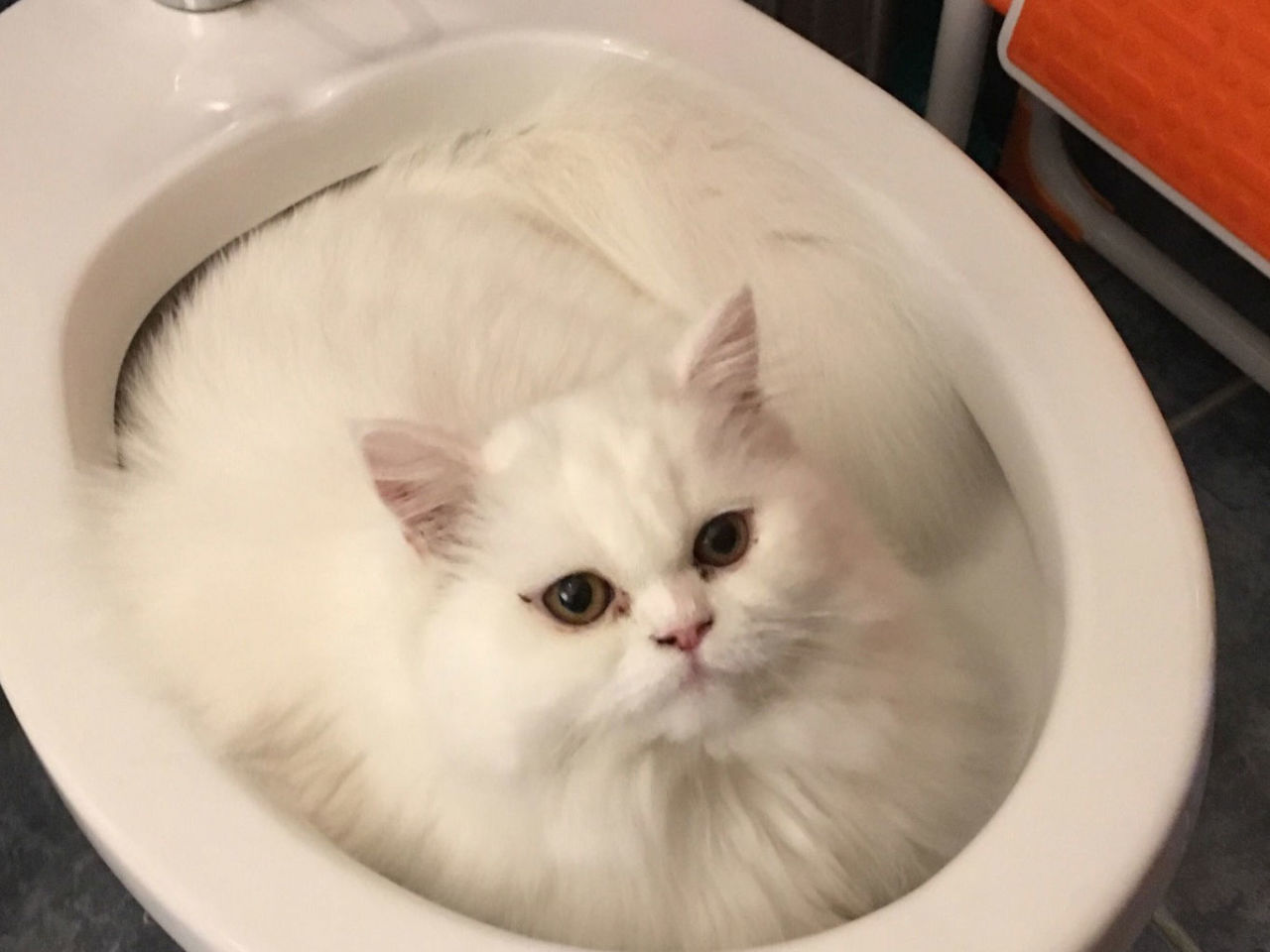Which You Ought to Avoid Flushing Animal Waste Down the Toilet
Which You Ought to Avoid Flushing Animal Waste Down the Toilet
Blog Article
Each person may have his or her own theory when it comes to Can You Flush Dog and Cat Poo Down the Toilet?.

When it pertains to dealing with waste, particularly animal waste, many individuals usually consider the practical alternative of flushing it down the commode. Nonetheless, this seemingly very easy option can have significant repercussions for the atmosphere and public health. In this short article, we'll check out why flushing animal waste down the toilet is a poor idea and give alternate methods for correct disposal.
Intro
Appropriate waste disposal is critical for maintaining environmental sustainability and public health. While it may appear safe to purge animal waste down the commode, it can result in different issues, both for the atmosphere and human well-being.
Threats of flushing animal waste
Ecological effect
Purging animal waste introduces harmful germs and pathogens into rivers, which can adversely impact marine communities. These microorganisms can pollute water resources and damage aquatic life, interrupting delicate communities.
Public health issues
Pet waste consists of damaging microorganisms such as E. coli and Salmonella, which can present serious wellness risks to human beings. Purging animal waste down the bathroom can contaminate water materials, resulting in the spread of illness and infections.
Alternatives to flushing
As opposed to flushing pet waste down the bathroom, there are a number of alternative disposal methods that are extra eco-friendly and sanitary.
Composting
Composting pet waste is an environmentally friendly way to deal with it. By composting, raw material is broken down into nutrient-rich dirt, which can be utilized to fertilize yards and plants.
Landfill disposal
Disposing of pet waste in a land fill is another alternative. While not as environmentally friendly as composting, it is a more secure option to flushing, as it stops the contamination of water sources.
Animal garbage disposal systems
There are specialized pet dog waste disposal systems offered that safely and hygienically take care of animal waste. These systems commonly utilize enzymes to break down waste and remove smells.
Steps to proper pet garbage disposal
To make sure correct disposal of animal waste, follow these actions:
Scooping and nabbing waste
Frequently scoop and bag animal waste making use of biodegradable bags. This protects against waste from contaminating the environment.
Utilizing designated waste containers
Dispose of bagged animal waste in designated waste bins, such as compost bins or landfill containers. Prevent flushing it down the toilet whatsoever prices.
Cleaning up litter boxes and pet dog locations routinely
On a regular basis clean can and pet areas to prevent the build-up of waste and bacteria. Usage pet-safe cleansing products to keep hygiene.
Advantages of correct disposal techniques
Embracing correct disposal techniques for animal waste offers a number of benefits:
Reduced environmental pollution
Appropriate disposal approaches lower the danger of environmental pollution, shielding waterways and environments from contamination
Minimized threat of water contamination.
By staying clear of flushing animal waste down the commode, the danger of water contamination is dramatically lowered, safeguarding public health.
Improved hygiene and hygiene
Appropriate disposal methods promote far better hygiene and hygiene, creating a safer environment for both people and pets.
Verdict
To conclude, flushing animal waste down the toilet is harmful to the environment and public health. By adopting different disposal methods and adhering to proper waste management practices, we can lessen the adverse impact of animal waste and add to a cleaner, much healthier earth.
Why You Should Never Flush Cat Poop Down the Toilet
A rose by any other name might smell as sweet, but not all poop is created equal. Toilets, and our sewage systems, are designed for human excrement, not animal waste. It might seem like it couldn’t hurt to toss cat feces into the loo, but it’s not a good idea to flush cat poop in the toilet.
First and foremost, assuming your cat uses a litter box, any waste is going to have litter on it. And even the smallest amount of litter can wreak havoc on plumbing.
Over time, small amounts build up, filling up your septic system. Most litter sold today is clumping; it is made from a type of clay that hardens when it gets wet. Ever tried to scrape old clumps from the bottom of a litter box? You know just how cement-hard it can get!
Now imagine just a small clump of that stuck in your pipes. A simple de-clogger like Drano isn’t going to cut it. And that means it’s going to cost you big time to fix it.
For an amusing, graphic tale of what happens when you flush too much litter down the toilet all at once, take a few minutes to read Gene Weingarten’s 2017 Washington Post column “So that’s what happens when you flush cat litter down the toilet.”
Parasitic Contamination
Believe it or not, your healthy kitty may be harboring a nasty parasite. Only cats excrete Toxoplasma in their feces. Yet it rarely causes serious health issues in the cats that are infected. Most people will be fine too if infected. Only pregnant women and people with compromised immune systems are at risk. (If you’ve ever heard how women who are expecting are excused from litter cleaning duty, Toxoplasma is why.)
But other animals may have a problem if infected with the parasite. And human water treatment systems aren’t designed to handle it. As a result, the systems don’t remove the parasite before discharging wastewater into local waterways. Fish, shellfish, and other marine life — otters in particular — are susceptible to toxoplasma. If exposed, most will end up with brain damage and many will die.
Depending on the species of fish, they may end up on someone’s fish hook and, ultimately on someone’s dinner plate. If that someone has a chronic illness, they’re at risk.
Skip the Toilet Training
We know there are folks out there who like to toilet train their cats. And we give them props, it takes a lot of work. But thanks to the toxoplasma, it’s not a good idea.
Leave the toilet to the humans, and accept your future litter cleaning duty.

On a regular basis clean can and pet areas to prevent the build-up of waste and bacteria. Usage pet-safe cleansing products to keep hygiene.
Advantages of correct disposal techniques
Embracing correct disposal techniques for animal waste offers a number of benefits:
Reduced environmental pollution
Appropriate disposal approaches lower the danger of environmental pollution, shielding waterways and environments from contamination
Minimized threat of water contamination.
By staying clear of flushing animal waste down the commode, the danger of water contamination is dramatically lowered, safeguarding public health.
Improved hygiene and hygiene
Appropriate disposal methods promote far better hygiene and hygiene, creating a safer environment for both people and pets.
Verdict
To conclude, flushing animal waste down the toilet is harmful to the environment and public health. By adopting different disposal methods and adhering to proper waste management practices, we can lessen the adverse impact of animal waste and add to a cleaner, much healthier earth.
Why You Should Never Flush Cat Poop Down the Toilet
A rose by any other name might smell as sweet, but not all poop is created equal. Toilets, and our sewage systems, are designed for human excrement, not animal waste. It might seem like it couldn’t hurt to toss cat feces into the loo, but it’s not a good idea to flush cat poop in the toilet.
First and foremost, assuming your cat uses a litter box, any waste is going to have litter on it. And even the smallest amount of litter can wreak havoc on plumbing.
Over time, small amounts build up, filling up your septic system. Most litter sold today is clumping; it is made from a type of clay that hardens when it gets wet. Ever tried to scrape old clumps from the bottom of a litter box? You know just how cement-hard it can get!
Now imagine just a small clump of that stuck in your pipes. A simple de-clogger like Drano isn’t going to cut it. And that means it’s going to cost you big time to fix it.
For an amusing, graphic tale of what happens when you flush too much litter down the toilet all at once, take a few minutes to read Gene Weingarten’s 2017 Washington Post column “So that’s what happens when you flush cat litter down the toilet.”
Parasitic Contamination
Believe it or not, your healthy kitty may be harboring a nasty parasite. Only cats excrete Toxoplasma in their feces. Yet it rarely causes serious health issues in the cats that are infected. Most people will be fine too if infected. Only pregnant women and people with compromised immune systems are at risk. (If you’ve ever heard how women who are expecting are excused from litter cleaning duty, Toxoplasma is why.)
But other animals may have a problem if infected with the parasite. And human water treatment systems aren’t designed to handle it. As a result, the systems don’t remove the parasite before discharging wastewater into local waterways. Fish, shellfish, and other marine life — otters in particular — are susceptible to toxoplasma. If exposed, most will end up with brain damage and many will die.
Depending on the species of fish, they may end up on someone’s fish hook and, ultimately on someone’s dinner plate. If that someone has a chronic illness, they’re at risk.
Skip the Toilet Training
We know there are folks out there who like to toilet train their cats. And we give them props, it takes a lot of work. But thanks to the toxoplasma, it’s not a good idea.
Leave the toilet to the humans, and accept your future litter cleaning duty.

I am very interested in 10 Things You Should Never Flush Down The Toilet and I'm hoping you enjoyed our blog posting. Sharing is good. Who knows, you could be doing someone a favor. Thanks for going through it.
Get A Quote Report this page